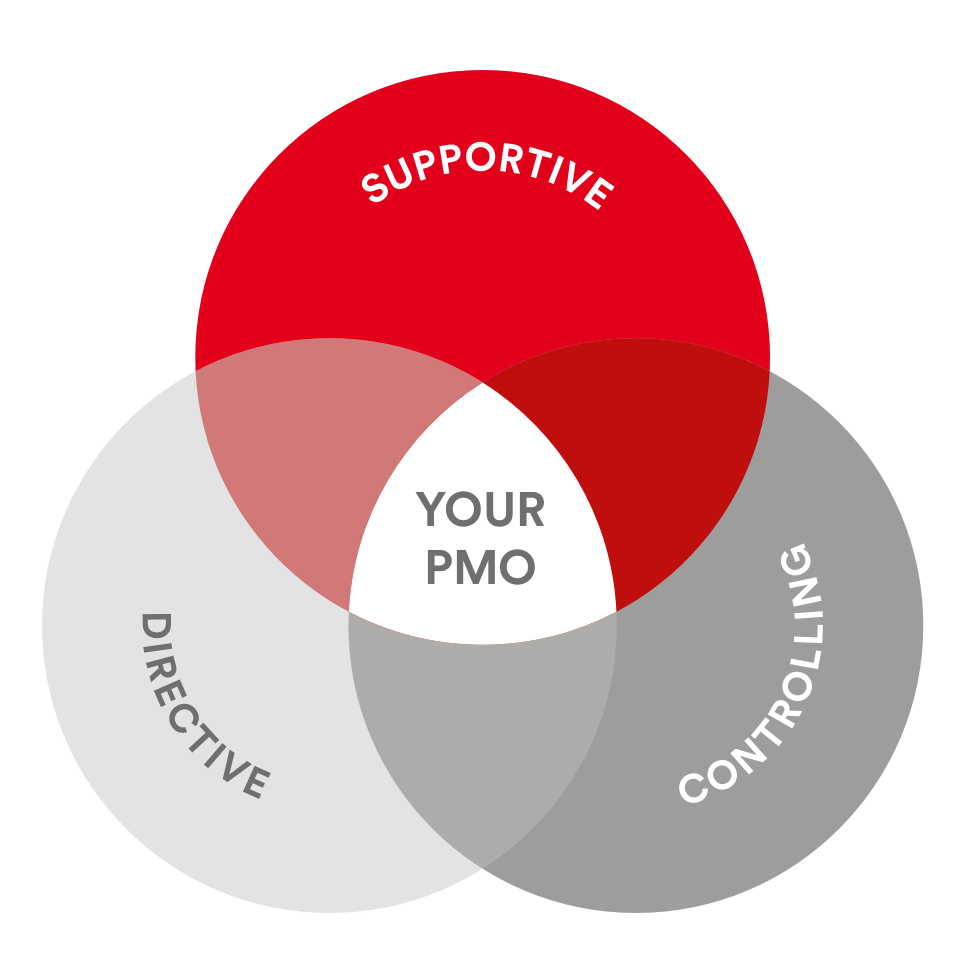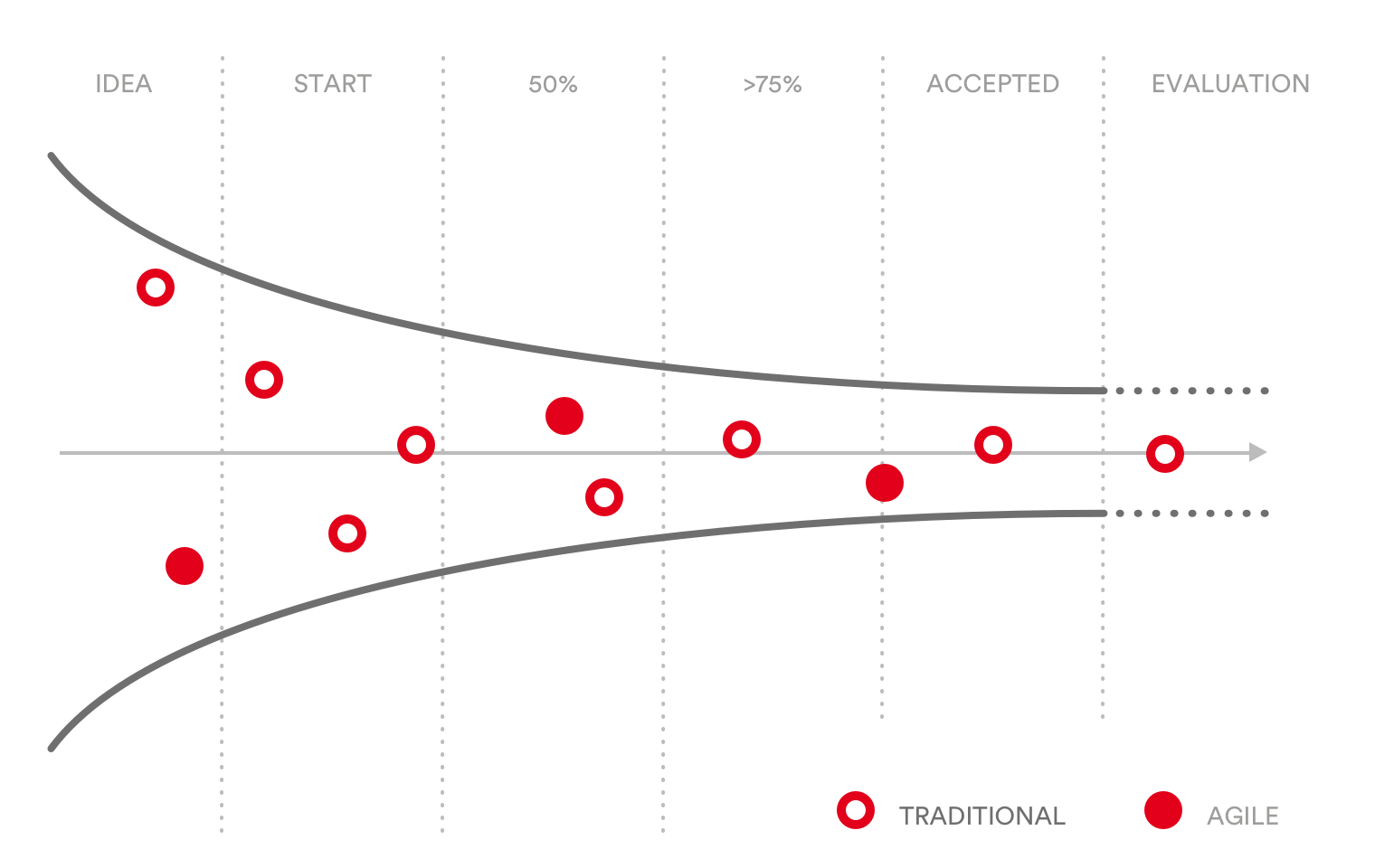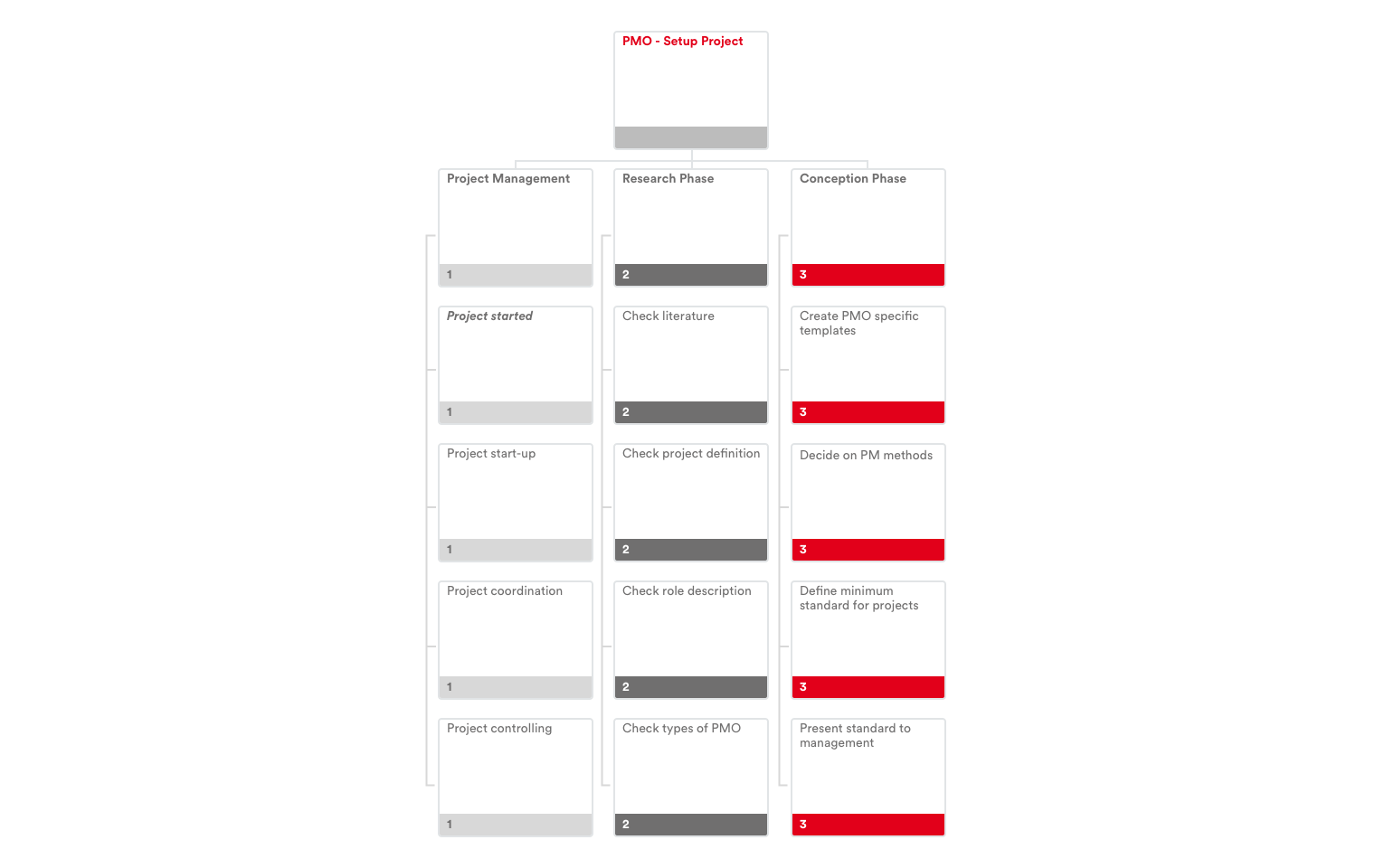10 Steps to Set Up a Successful and Sustainable PMO – Part I
Tobias Drugowitsch, PMCC Consulting GmbH and Gerald Aquila, ONEPOINT Projects GmbH
The Project Management Institute (PMI)® defines a Project Management Office (PMO) as “an organizational structure that may be used to standardize the portfolio, program, or project-related governance processes and facilitate the sharing of resources, methodologies, tools, and techniques.”
In other words, a PMO defines and maintains the project management rules and guidelines, trains and supports your project managers, and is usually responsible for implementing a PPM software solution to support everyday project work as well as portfolio reporting.
Setting up a successful and sustainable PMO is a significant challenge but provides excellent benefits if implemented correctly.
We developed the following ten steps to help you set up a PMO that fits your organization’s needs, aligns with your business goals, and is designed to outlast major organizational changes. So, let’s get started!
Tip 1: Decide on Your Type of PMO
The first thing you need to do is to decide which type of PMO you want to create. Based on this decision, you should make a vision statement and define specific and measurable goals for your PMO initiative.
To do so, you could use creative methods, such as Design Thinking or the Business Model Canvas. While coming up with specific ideas about your future PMO, you should also consider any possible risks and limitations regarding your future PMO’s purpose and needs. Also, don’t forget to relate these to your actual business needs.
Literature generally defines three common types of PMOs:
- Supportive: A Supportive PMO operates as a consultant or advisor. It is a knowledge center and a source of best practices, training, and lessons learned.
- Controlling: A Controlling PMO acts as an auditor as well as an advisor. In other words, it goes a step further to ensure that best practices and standards are being followed. It often also creates and maintains controls and governance standards.
- Directive: A Directive PMO is responsible for the execution of projects. Project managers report directly to the PMO rather than to a separate function or team (such as a steering committee).
Note that you can always think outside of the box: your ideal PMO could be a combination of two or even all three common types. So, let’s get creative!

The three common types of PMOs
Tip 2: Include Agile and Traditional/Waterfall Projects
Despite what some agile consultants are preaching, we are seeing that although agile is everywhere, also traditional/waterfall projects are not becoming extinct anytime soon. The likely scenario in many organizations is that you will have to deal with both agile and traditional/waterfall projects in a hybrid project portfolio.
Thus, you should try to find a setup for your project organization that supports all types of projects existing in your company or NGO. You do not want to have a “two-class” situation for different project organizations. This means the total support in your PMO should be available for both agile and traditional/waterfall projects if you have this mix in your actual project landscape. The staff in your PMO must be able to support and coach all types of projects that are part of your entire portfolio.
From the tool perspective, you should select a future-proof PPM solution. Ideally, one that can cope well with both agile and traditional projects in a single portfolio. You might as well want to look at how you are dealing with straightforward projects that might not need a full agile or traditional setup. This is essential if you still want them to be part of your hybrid project portfolio to get a single, clear, and consistent overview across all your projects.

The hybrid project pipeline
Tip 3: Focus on Quick Wins
Define “low hanging fruits,” i.e., small but easy to reach objectives in a short timeframe. Think about concrete deliverables that bring benefits to a project or a project team. The perspective on single project management can be the first step. If this setting is established, you can add multi-project / portfolio management topics to get a global overview and consider the traditional/waterfall and agile necessities.
Focus on your company’s decision-making target group to involve them in essential steps or decisions for your PMO initiative. With the portfolio overview, the upper/top management can now make strategic decisions on this level to support high priority projects. This helps you to decide on the next initiatives in your PMO. Focus on the future of your PMO and ask the top management if they have additional needs – lessons learned from various target groups are welcome!
Celebrate your quick wins. This will help in building commitment and encouraging morale while implementing these changes.
Tool-wise, you want to limit the number of views and functionalities you expose to your early users. Even an easy-to-use software solution can look complicated if too many aspects of a PPM tool are introduced at the same time. Focus on your quick wins and think about which views and functionality you need for supporting your current users.
At the same time, you should also think about rolling out your project management guidelines and PPM solution only to a defined pilot user group, e.g., for one department. This way, you can learn from this group’s feedback and improve your guidelines and setup before rolling out to the entire organization.

Plan your quick wins
Alles schön und gut …
… aber Sie benötigen jetzt Unterstützung?
Sie wollen Ihre Projekte effizienter machen und damit Geld und Zeit sparen?
Sie wollen Ihre Projekte künftig agil und leichtfüßig managen?
Sie wollen Ihre Projekte, die Innovationskraft und die Kreativität vorantreiben?
Sie wollen Ihre laufenden Projekte effizient steuern und strategisch wichtige Portfolio-Entscheidungen treffen können?
Ihr PMO benötigt Starthilfe oder soll wieder auf Vordermann gebracht werden?